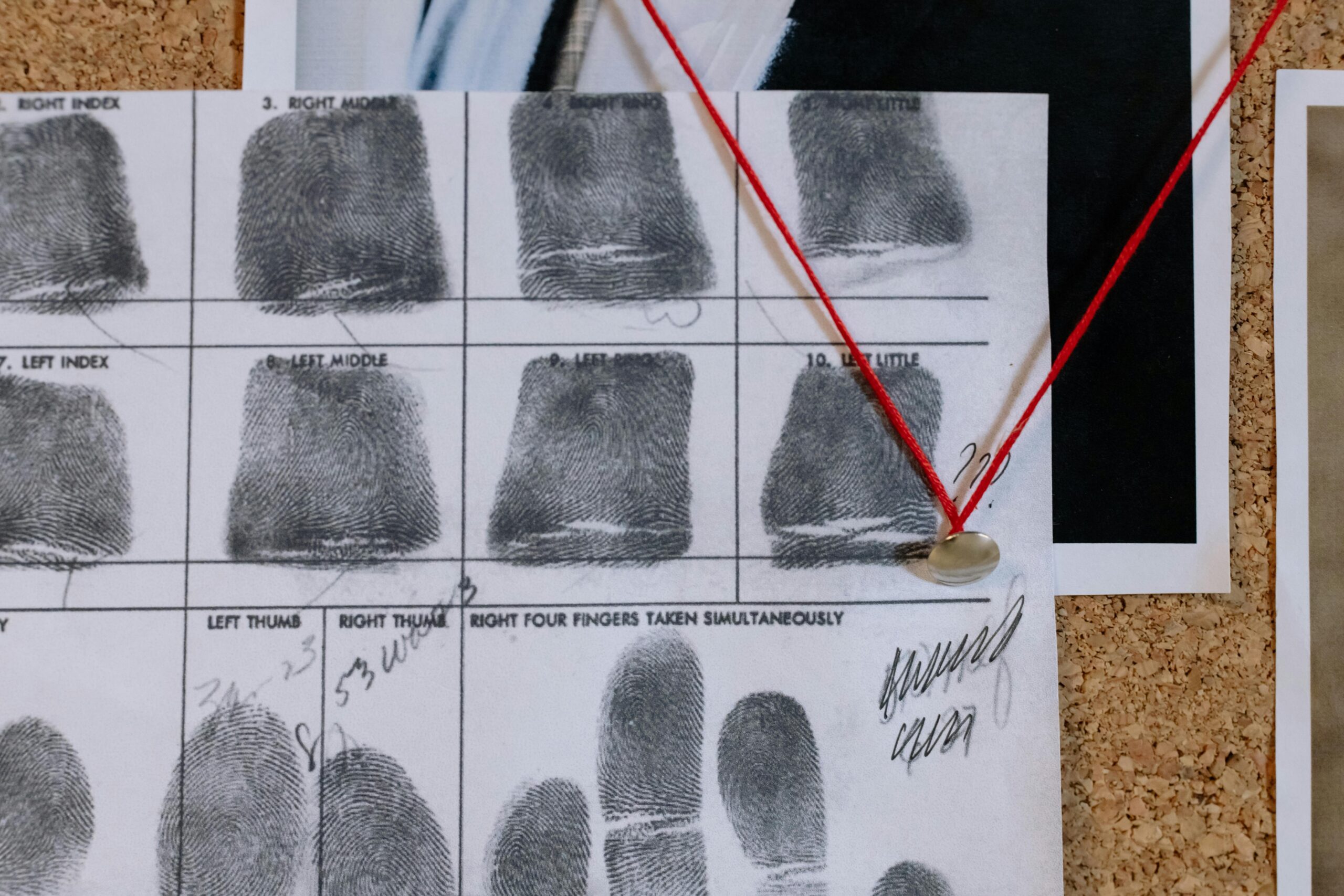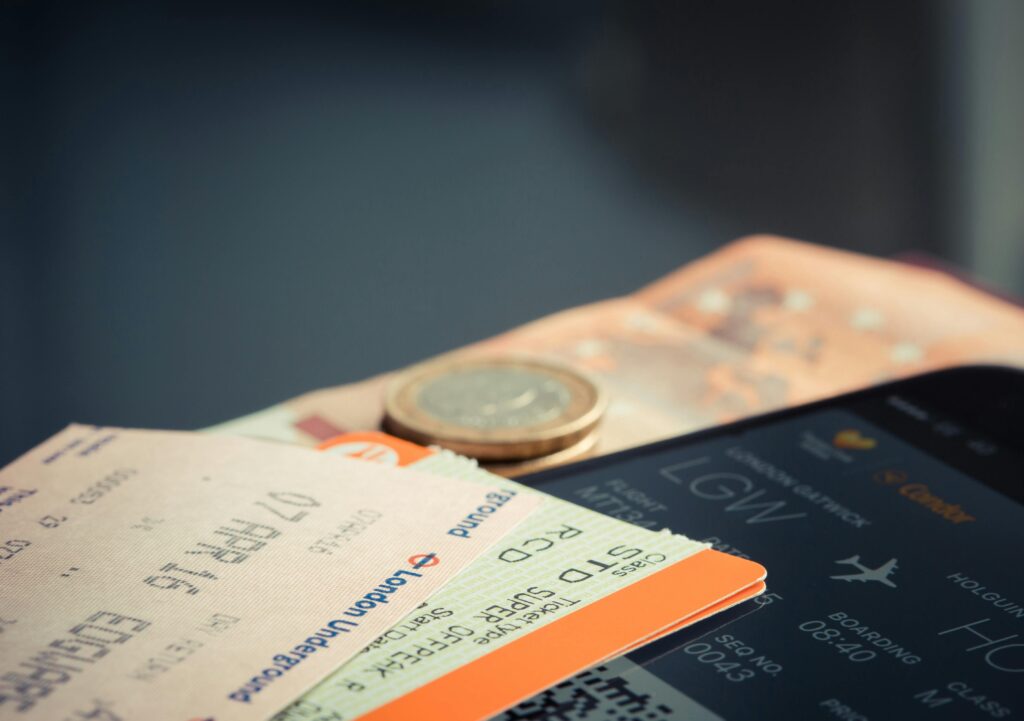Ever thought about what you’d do if someone close to you was taken hostage while traveling abroad? Sounds like a scene from a Hollywood thriller, but it’s a reality that affects thousands every year. Personal security isn’t just about home alarms or cybersecurity anymore—it now extends to protecting against threats like kidnapping and ransom demands.
In this post, we’ll unpack everything you need to know about kidnap and ransom insurance, a growing sub-niche in personal finance. You’ll learn why it’s essential, how to choose the right policy, tips for staying safe, and real-life case studies. Let’s dive in!
Table of Contents
- Key Takeaways
- The Growing Need for Personal Security Measures
- How Does Kidnap & Ransom Insurance Work?
- Tips to Evaluate the Best Policy for You
- Real-World Examples of Coverage in Action
- FAQs About Kidnap and Ransom Insurance
Key Takeaways
- Kidnap and ransom insurance is an often-overlooked yet vital part of personal security measures.
- This type of coverage provides financial protection and crisis management support during abductions or extortion incidents.
- Choosing a policy requires evaluating specific risks based on location, profession, and lifestyle.
- Prevention strategies can work hand-in-hand with insurance to reduce exposure to such risks.
The Growing Need for Personal Security Measures
Did you know that over 60% of all kidnappings worldwide occur in just five countries? And here I am not talking exclusively about war zones; affluent tourists and business travelers are frequently targeted too. Last year, a friend of mine—a freelance consultant—was delayed at gunpoint in Mexico City due to lax local law enforcement protocols. The panic was palpable. It made me realize how vulnerable even everyday situations can become without proper planning.
Why Is This Important Now More Than Ever?
Gone are the days when physical safety meant locking your doors at night. Globalization has opened up exciting opportunities for travel and commerce—but also exposed individuals to new dangers. From kidnappings tied to ransom payments to corporate espionage involving abduction, these scenarios highlight a critical gap in traditional insurance policies.

A chart showing global kidnapping statistics by region (2023).
How Does Kidnap & Ransom Insurance Work?
Kidnap and ransom insurance might sound dramatic, but think of it as an extension of health or auto insurance—just way more niche and tailored. Here’s how it works:
What Does It Cover?
Beyond reimbursing ransoms paid, most plans provide access to professional negotiators, medical assistance post-release, counseling services, and legal advice. Yep, they’re basically your emergency Avengers team.
“Optimist You:” “Perfect! Sign me up.”
“Grumpy You:” “Hold up—are there strings attached?”
Well, yes. Policies typically require background checks on applicants, ensuring you’re not buying out of paranoia or potential criminal intent. Plus, premiums vary significantly depending on risk profiles.

An infographic breaking down typical components covered by a kidnap and ransom insurance plan.
Tips to Evaluate the Best Policy for You
Here’s where things get tricky—and kinda fun (if spreadsheets are your thing). Use these tips to pick the perfect policy:
- Know Your Risk Profile: Are you a frequent traveler to high-risk zones? Or perhaps working in industries prone to targeting, like oil/gas or journalism?
- Check Coverage Limits: Look beyond the headline figures. Ensure the policy covers ancillary costs like trauma counseling.
- Vet Providers Carefully: Not all insurers offer equal quality crisis response teams. Research their track record!
- Read Fine Print Religiously: Avoid being blindsided by exclusions like pre-existing conditions tied to risky behavior.
A Word of Caution: Don’t Skimp on Prevention
No matter how robust your policy is, nothing replaces common sense. Keeping低调行事 (maintaining a low profile) overseas helps immensely. Avoid flaunting wealth or sharing sensitive itineraries publicly.
Real-World Examples of Coverage in Action
Let’s talk about Sarah, a tech entrepreneur who traveled to Lagos, Nigeria, for a conference last spring. Despite hiring private security, she was abducted en route to her hotel. Thanks to her comprehensive insurance policy, a crisis team negotiated her release within 48 hours and provided ongoing psychological support afterward.
Then there’s Mark, whose family relied on their ransom insurance after he was held captive in Venezuela for weeks. These stories underscore the importance of having backup plans in place before disaster strikes.

A timeline highlighting key events in Sarah’s successful negotiation process.
FAQs About Kidnap and Ransom Insurance
Q: Who typically needs this kind of insurance?
A: Frequent international travelers, expatriates, diplomats, journalists, and executives operating in volatile regions benefit greatly.
Q: Can anyone apply for this insurance?
A: Yes, but approval depends on thorough vetting processes assessing individual circumstances.
Q: How much does it cost annually?
A: Premiums range widely—from $500 to tens of thousands—based on risk factors and desired coverage levels.
Conclusion
Whew—if there’s one takeaway from today’s deep dive into personal security measures, let it sink in that preparation beats panic any day. Whether through practical habits or specialized insurance products, safeguarding yourself against unseen threats is non-negotiable.
So next time you jet off somewhere exotic—or even stay rooted locally—remember: Like a well-oiled lock, peace of mind starts with proactive steps.
Final Thought: Personal security rocks. Keep calm and carry insurance cards. 🫡


